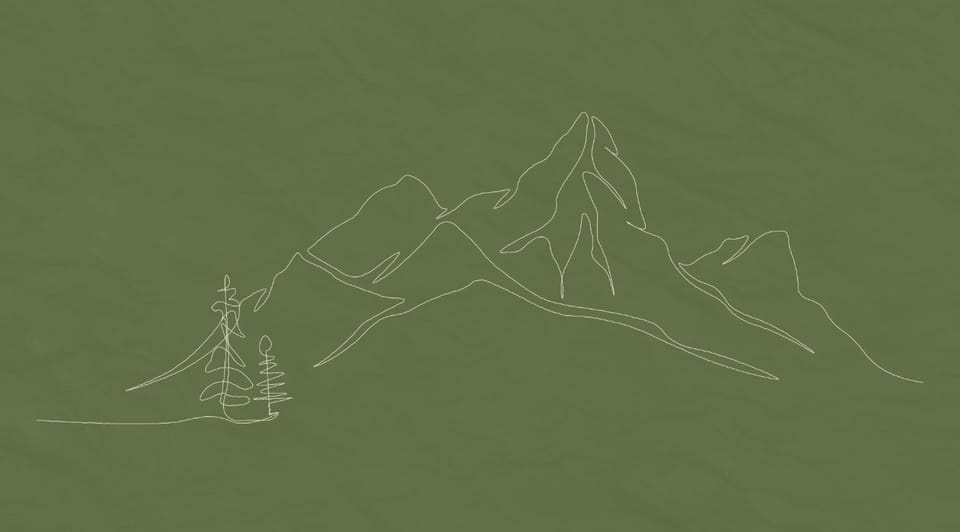Animation

On Monday, the 5th, during Jon's workshop, we learned a new way to use Photoshop. In this session, we were shown various inspiring examples of how people create traditional-style animations using the software. We also explored how motion graphics can be applied in various career paths, such as game design.
Next, we focused on adjusting Photoshop's interface to facilitate animation. We opened the timeline and learned how to use hotkeys to easily switch between frames. Additionally, we activated Union Skin to visualize the previous and next frames, which helped our animations fit together better and reduced the jitter between the drawings on each page.

First Animation
My first animation was quite simple as I was just getting used to how animation works in Photoshop. I created a one-second clip of a bouncing ball using my mouse, as there were not enough graphics tablets available in the studio.
further research and experimentation
Animation marked the beginning of my graphic design career. I had done a little stop-motion when I was younger, which led me to college, where I studied graphic design. Having not done animation for quite a while, I was excited to get back to it and decided to look for some extra resources.
I found a YouTube video that covers the fundamentals of animation along with some exercises to practice motion. One exercise I particularly enjoyed was called "the magic dot," where you play with the distance, size, and shape of a single dot through the frames.
In the first few dots, I experimented with size and smear frames, but for the third dot, I wanted to create the effect of depth. I crafted an ellipse to serve as the path for the dot, and as it moved along that path, I made it grow and shrink in size to give the impression of it getting closer and then moving away.
Overall, participating in this workshop was enjoyable. Revisiting the fundamentals of motion graphics and animation was a great way to conclude the module.
